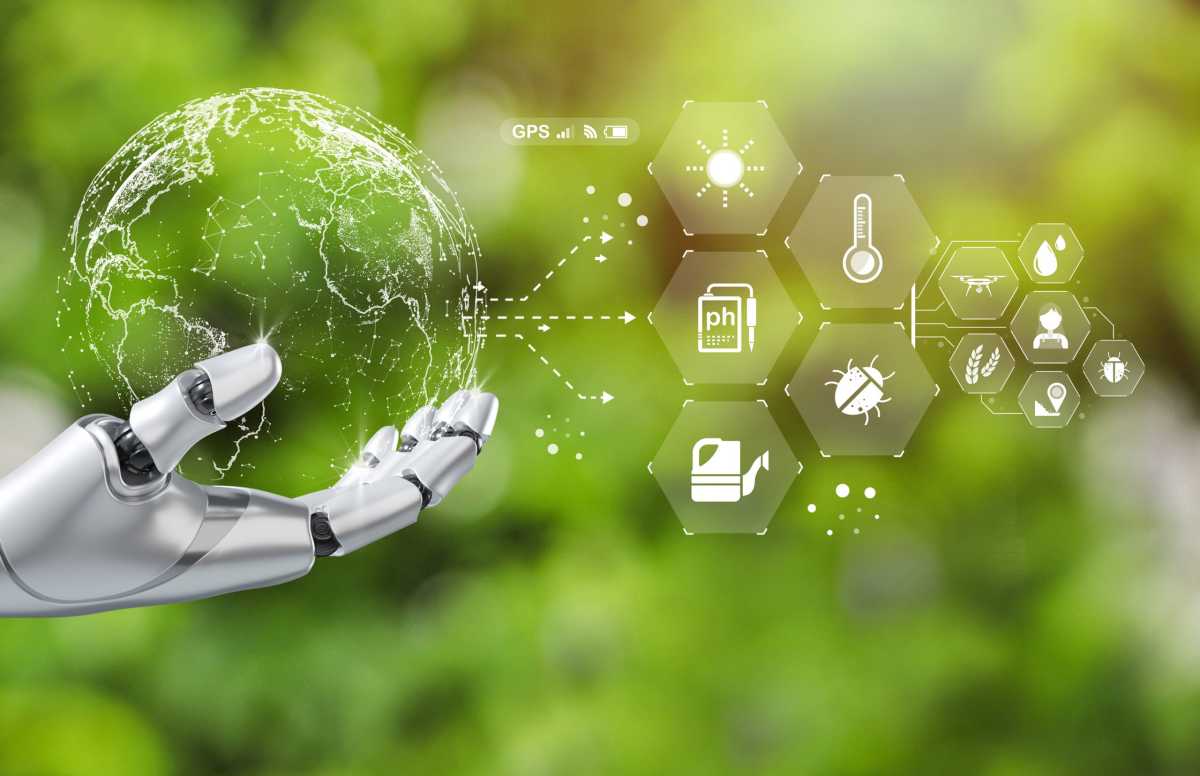Features
The Role Of AI In Environmental Conservation

The world is facing numerous environmental challenges such as climate change, deforestation, pollution, loss of biodiversity, and inefficient resource management. These challenges require innovative solutions to mitigate their impact and ensure a sustainable future. Artificial Intelligence (AI) has emerged as a powerful tool with the potential to revolutionize various sectors, including environmental conservation. By leveraging AI technologies, we can enhance our understanding of the environment, improve resource management practices, and develop effective strategies for mitigating environmental degradation.
1. Environmental Monitoring and Prediction
AI can play a crucial role in monitoring and predicting environmental changes. With the help of AI-powered sensors, drones, and satellites, we can collect vast amounts of data about the environment at a faster rate and with higher precision. Machine learning algorithms can then analyze this data to identify patterns and predict environmental trends. For example, AI can process satellite images to detect deforestation activities, monitor changes in land use, or assess the health of coral reefs. These insights can help policymakers make informed decisions and take timely actions to protect natural resources.
2. Wildlife Conservation and Anti-Poaching
Illegal wildlife trade and poaching pose a significant threat to biodiversity. AI can assist in wildlife conservation efforts by developing advanced monitoring systems to detect and deter poaching activities. For instance, AI algorithms can analyze data from camera traps, acoustic sensors, and drones to identify and track endangered species. By using facial recognition techniques, AI can match images of animals to help identify individuals and monitor their population dynamics. This information enables conservationists and enforcement agencies to improve conservation strategies and take proactive measures to protect endangered species.
3. Sustainable Resource Management
AI can optimize resource management practices to reduce waste, improve efficiency, and promote sustainability. By analyzing large datasets and applying machine learning algorithms, AI can identify inefficiencies in energy consumption, water usage, transportation networks, and waste management. This information can help organizations and governments make data-driven decisions to minimize resource waste and reduce their environmental footprint. For example, AI algorithms can optimize traffic flow to minimize fuel consumption and emissions or recommend better recycling practices based on the analysis of waste composition.
4. Climate Change Modeling and Mitigation
AI can be instrumental in understanding climate change patterns, modeling future scenarios, and developing mitigation strategies. Climate change modeling involves complex simulations that analyze various factors such as temperature, precipitation, sea-level rise, and carbon emissions. AI algorithms can process these large datasets and generate accurate predictions of climate change impacts. Furthermore, AI can contribute to climate change mitigation by optimizing renewable energy systems, improving forecasting of renewable energy resources, and developing intelligent energy management systems. This can help accelerate the transition towards a low-carbon economy and reduce reliance on fossil fuels.
5. Environmental Education and Awareness
AI can also play a role in environmental education and raising awareness about conservation issues. Chatbots and virtual assistants powered by AI can provide personalized information and answer queries about environmental topics. Additionally, AI can analyze social media data to understand public perceptions, sentiments, and behaviors towards environmental conservation. This information can help develop targeted awareness campaigns, engage communities, and influence positive behavioral changes on a large scale.
Conclusion
Artificial Intelligence has the potential to revolutionize environmental conservation by providing valuable insights, improving resource management, and enabling informed decision-making. By leveraging the power of AI technologies, we can address complex environmental challenges more effectively and work towards a sustainable future. However, it is crucial to ensure that AI deployments are ethically guided, transparent, and aligned with conservation goals. With the right approach, AI can be a powerful tool to protect our planet and preserve its natural resources for future generations.










